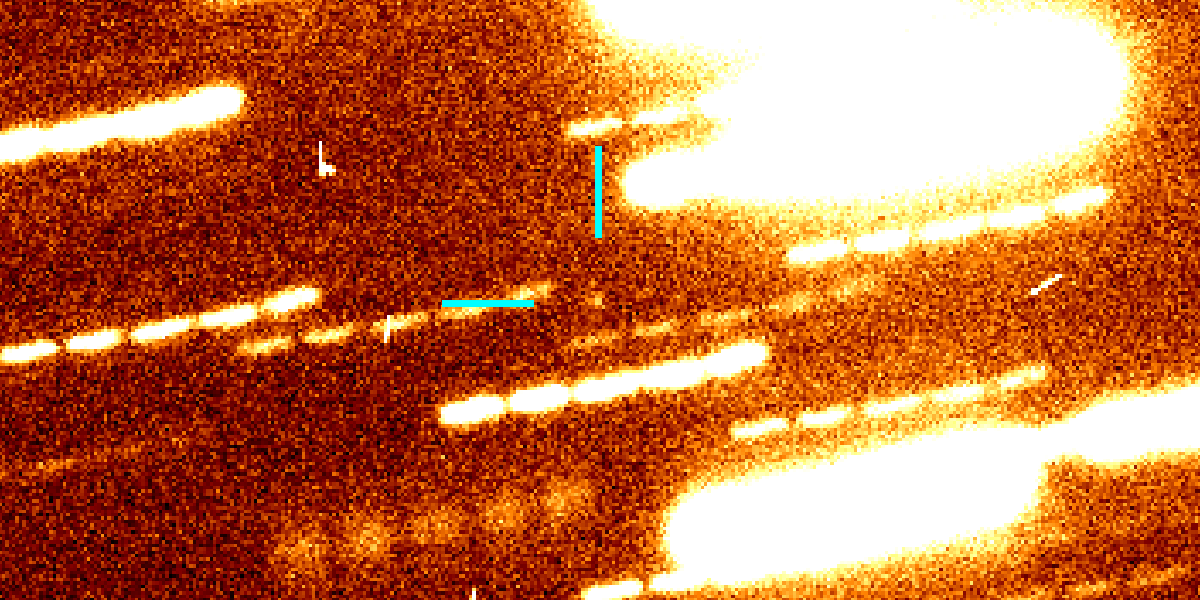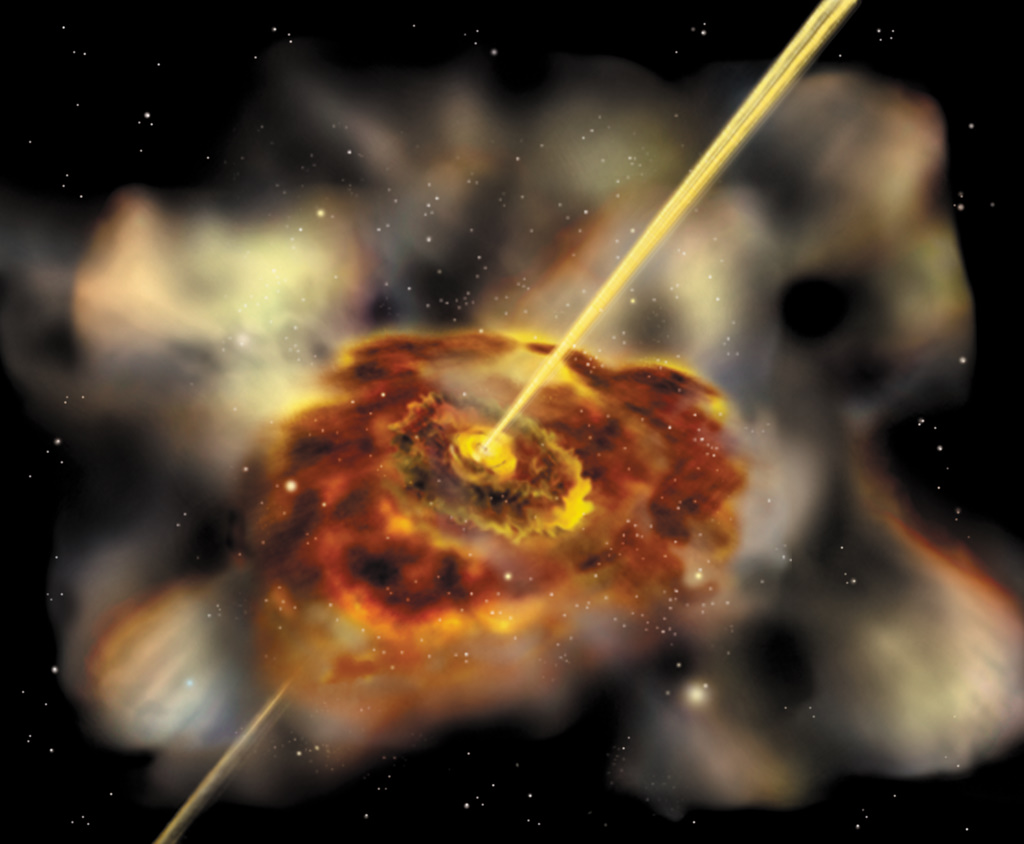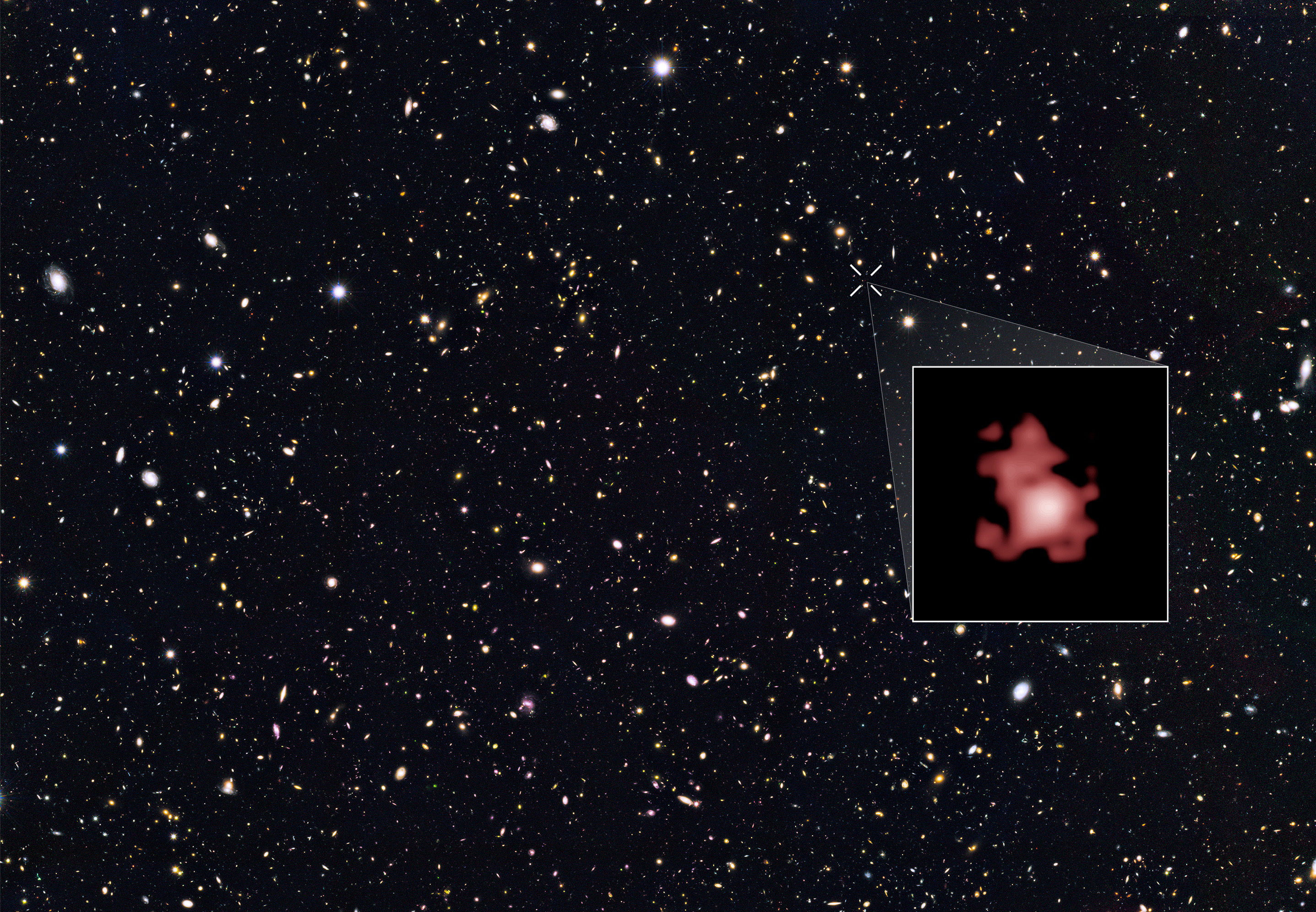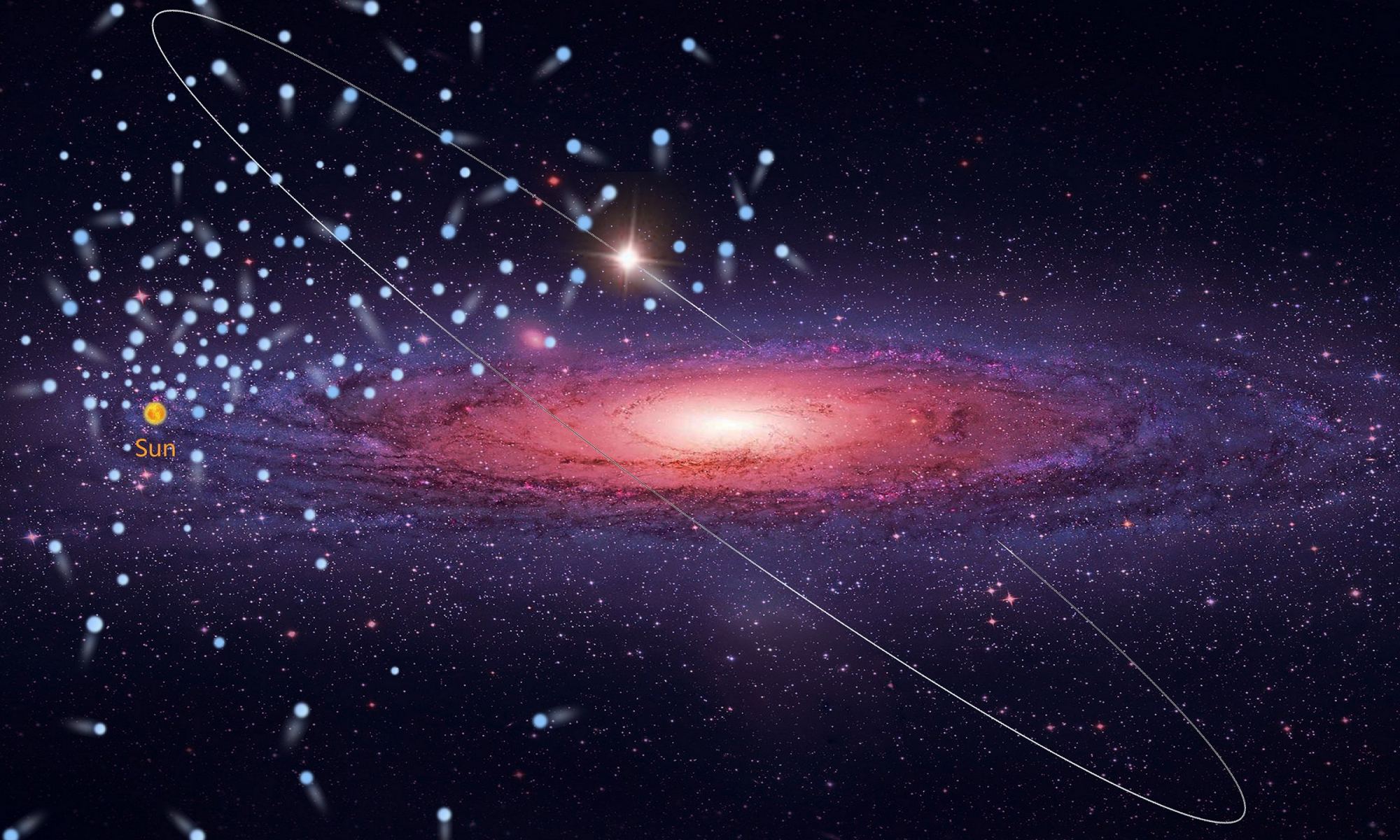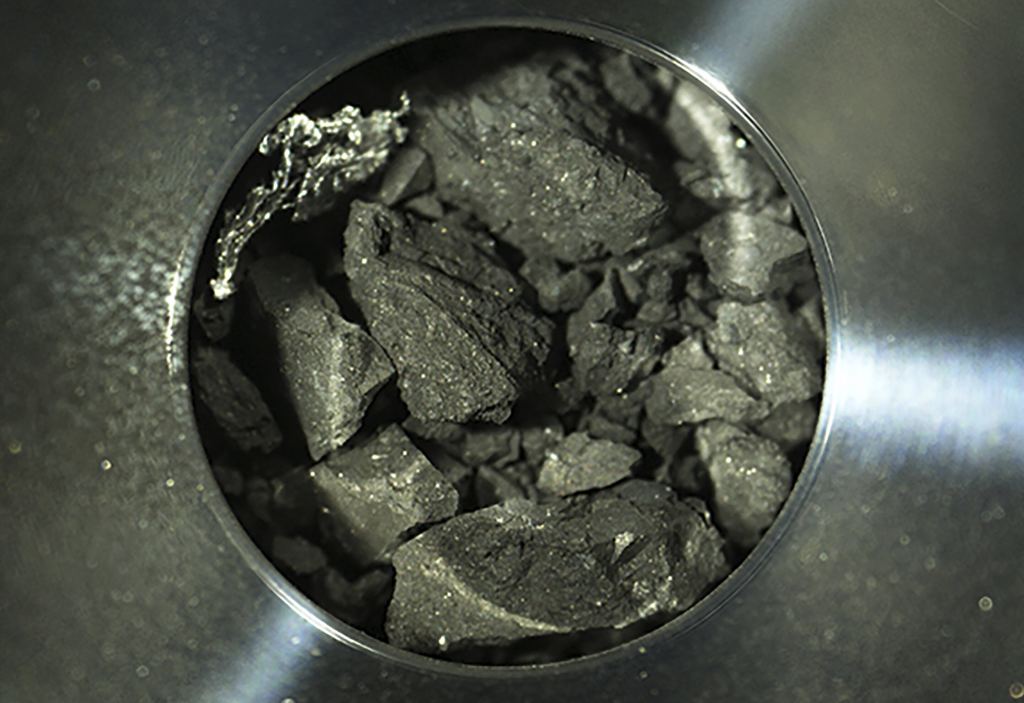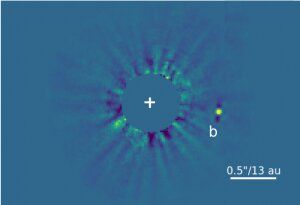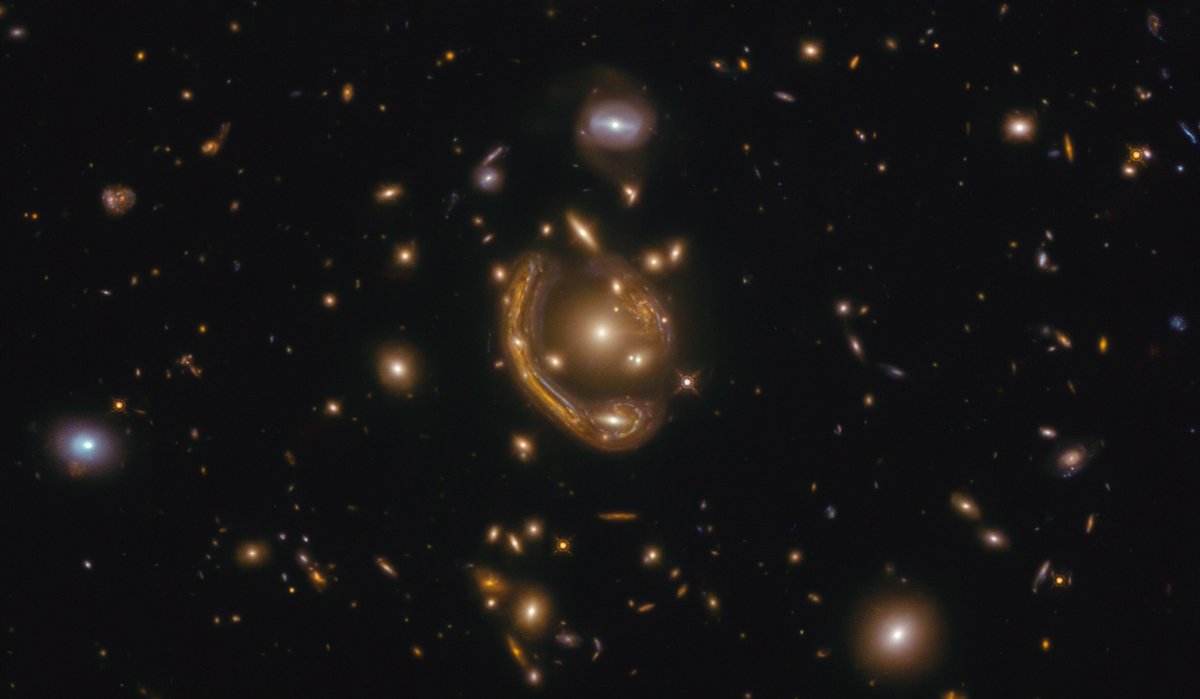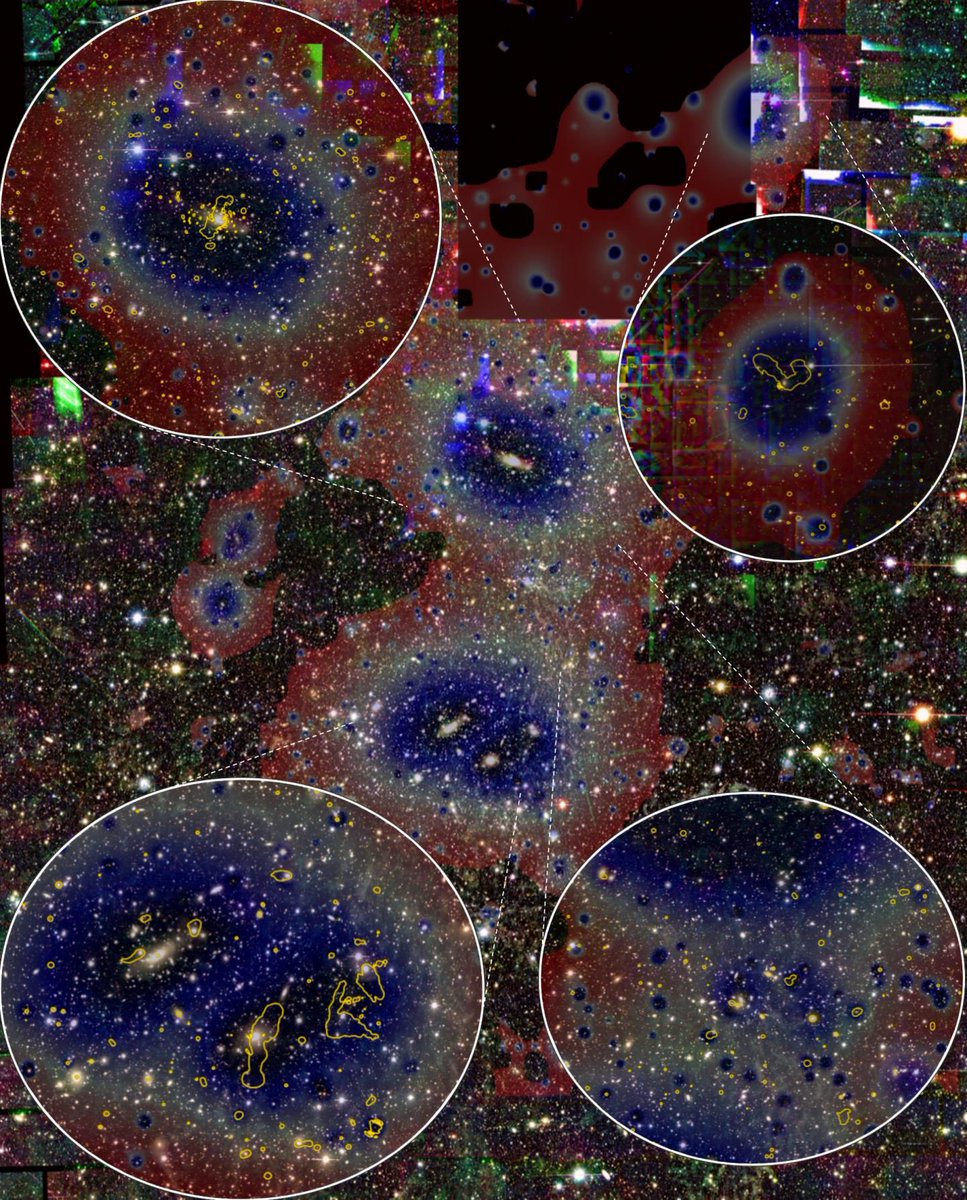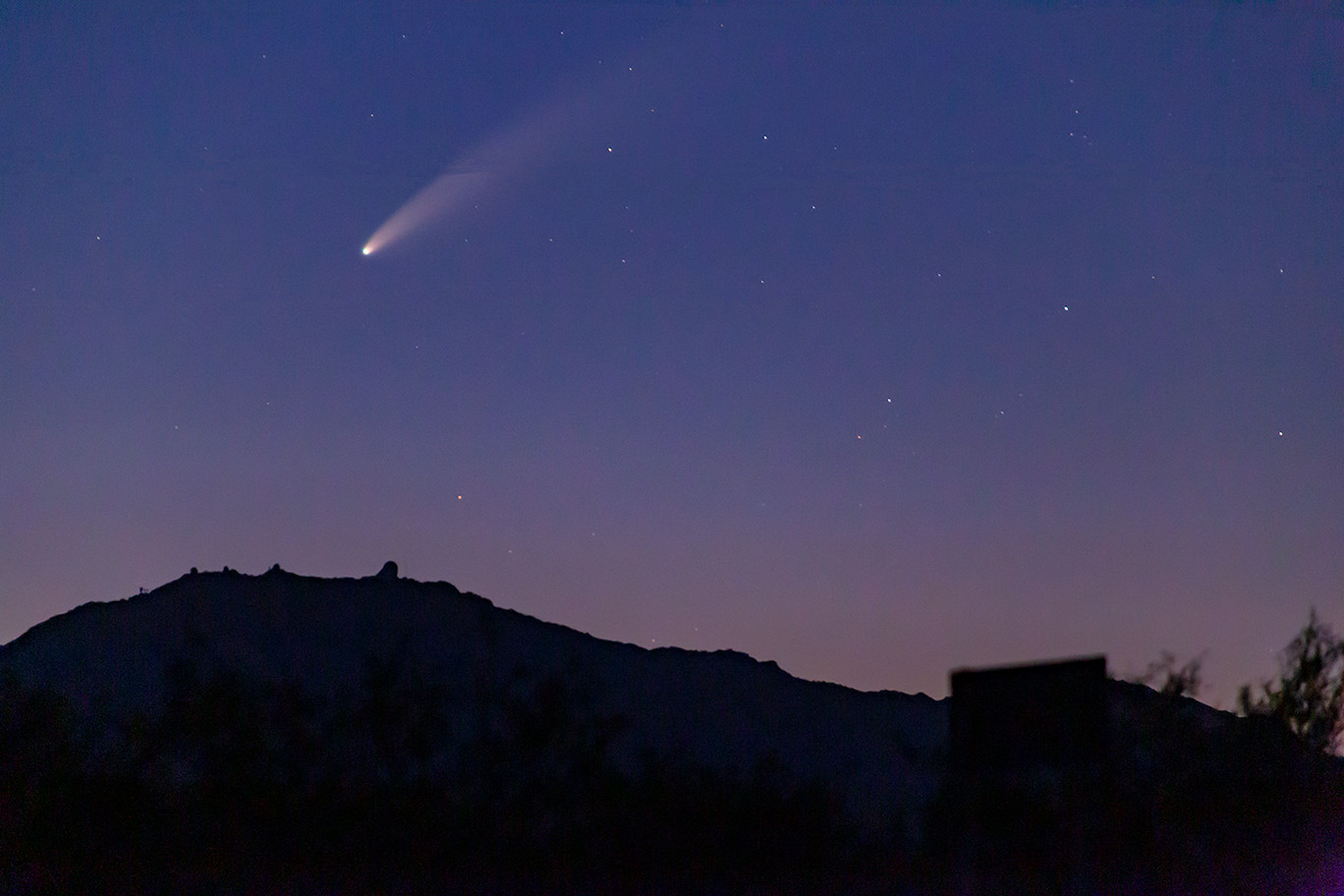Check out this image of asteroid 1998 KY26 from the Subaru Telescope. It’s not exactly beautiful, but it’s not intended to be. The compelling thing about this image isn’t its attractiveness, it’s the context. This small asteroid is the next target for Japan’s Hayabusa2 spacecraft.
Continue reading “Here’s the Asteroid Hayabusa2 is Going to be Visiting Next”Here’s the Asteroid Hayabusa2 is Going to be Visiting Next
